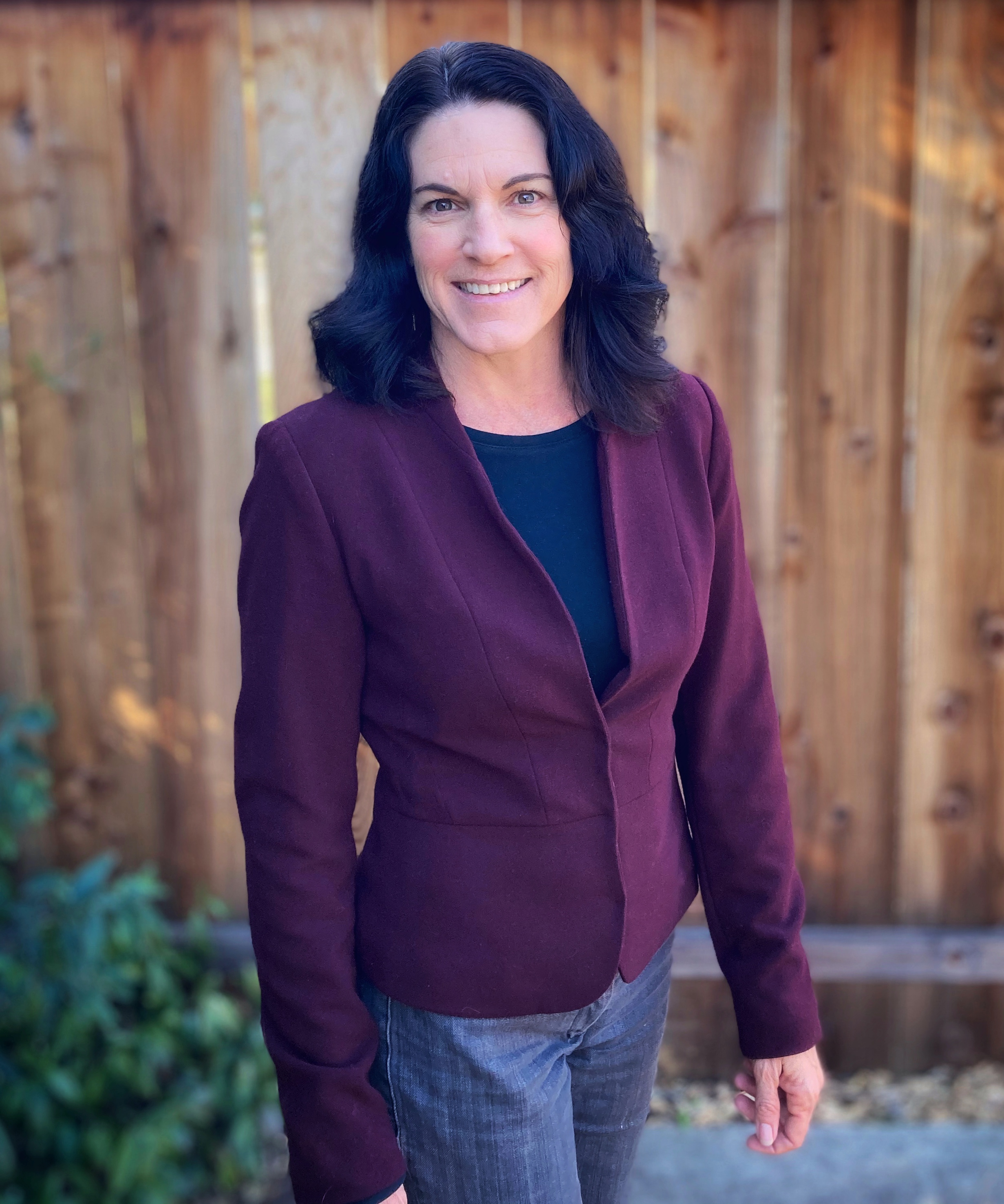
Rethinking Fundraising: Building Partnerships Over Persuasion
In the world of fundraising, there’s long been a focus on systems designed to strategically move donors toward giving. While these methods, like "moves management," were groundbreaking in their time, they often reduce philanthropy to a transactional process—one that prioritizes a fundraiser’s goals over a donor’s passions.
But what if we approached fundraising differently? What if, instead of seeing it as a sequence of "moves," we focused on building authentic relationships that empower donors to fulfill their personal values and aspirations?
From Influence to Alignment
Many traditional fundraising strategies operate under the assumption that donors need to be persuaded to give. This perspective implies that fundraisers must guide potential supporters through a carefully orchestrated series of steps to achieve the desired outcome. While this may yield results, it risks missing the larger opportunity: connecting with donors on a deeper level.
True philanthropy isn’t about convincing someone to give. It’s about listening. It’s about uncovering the causes they care about, understanding their motivations, and showing how their support can create meaningful change in ways they genuinely want to be part of.
The Art of Philanthropic Facilitation
At its core, fundraising should be a partnership. Fundraisers are not salespeople pushing a product; they are facilitators helping donors align their resources with their passions. This shift—from persuasion to facilitation—creates a relationship built on mutual respect and shared values.
When fundraisers adopt this mindset, their role becomes one of inspiration, not influence. They guide donors in realizing their goals, ensuring the act of giving is not only impactful but deeply fulfilling.
The Evidence Speaks
Research consistently shows that donors are more likely to give—and to give generously—when they feel a personal connection to the mission. They want to see how their contributions align with their values, rather than being part of a generic process. Facilitation fosters this connection, making philanthropy a shared journey instead of a one-sided transaction.
Moving Beyond Old Habits
Despite the proven benefits of this approach, the fundraising world often clings to outdated, transactional methods. These approaches, though familiar, can overlook the emotional and personal dimensions of giving. To truly unlock a donor’s potential, fundraisers must prioritize empathy and alignment over strategy and sequence.
A Call to Action
It’s time to rethink how we approach fundraising. Let’s move beyond the checklist mentality and embrace a philosophy that values partnership and authenticity. By focusing on facilitation, we can transform fundraising into a process that not only achieves goals but also strengthens the bond between donors and the causes they hold dear.
In the end, the best fundraising isn’t about making the ask. It’s about creating opportunities for donors to live their values and make a lasting impact. Let’s build that future together.
